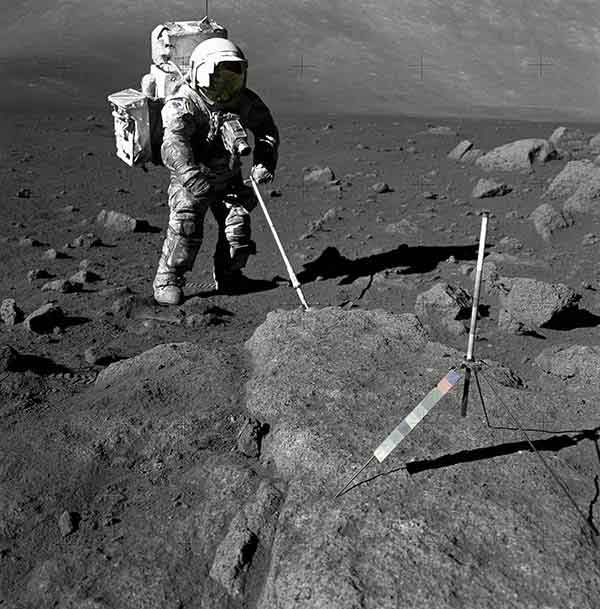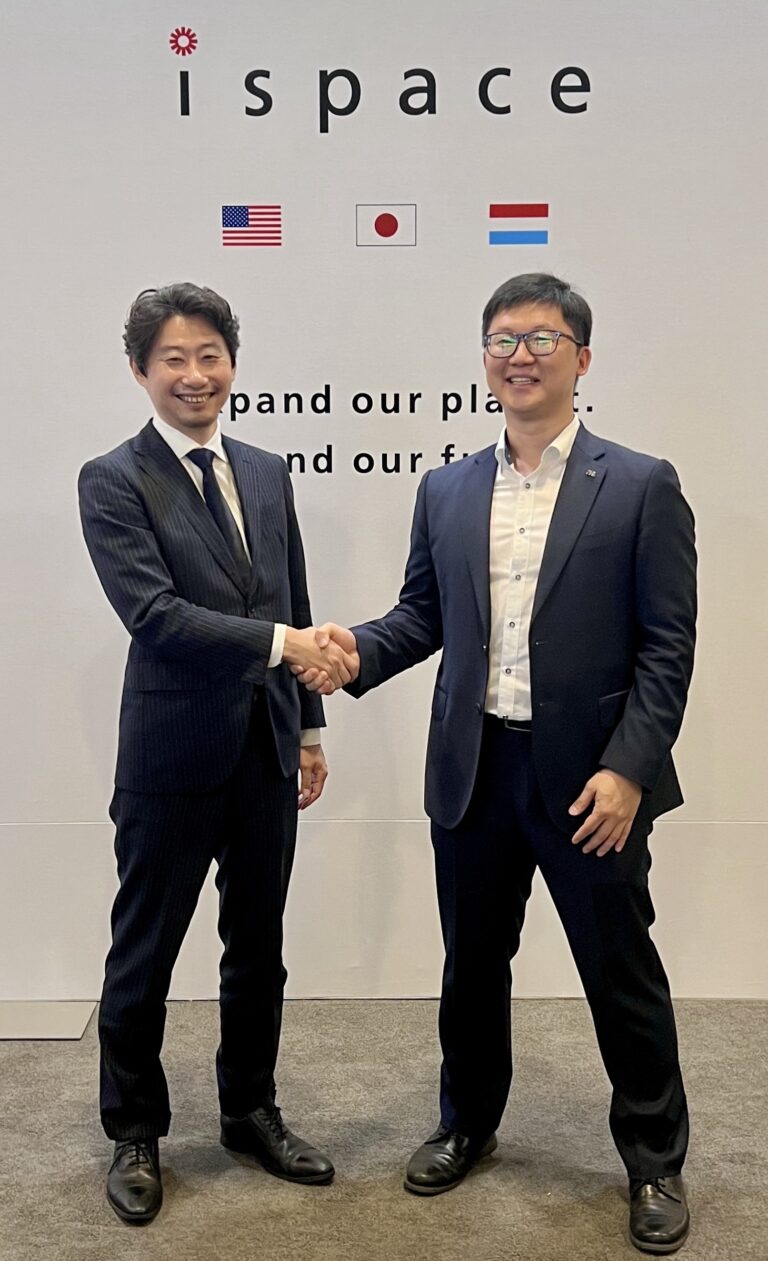
NASA Funds R&D Projects to Extract Oxygen, Metals From Lunar Regolith

NASA has selected six research and development projects for funding that are focused on extracting oxygen and metals from lunar regolith to support the Artemis program.
NASA decided to award Small Business Innovation Research funding worth up to $150,000 apiece to the following companies: A-Terra LLC of Keizer, Ore.; Blueshift, LLC. of Broomfield, Colo.; Faraday Technology, Inc. of Englewood, Ohio; Hedgefog Research, Inc. of San Pedro, Calif.; Paragon Space Development Corporation of Tucson, Ariz.; and Pioneer Astronautics of Lakewood, Colo.
A-Terra’s project focuses on overcoming technical hurdles to extracting oxygen from lunar regolith using vacuum pyrolysis.
“This project provides a supporting technology for vacuum pyrolysis, by utilizing a solid-oxide oxygen ion transport approach, which intends to address the technical challenges identified above, to contribute to advancing the current TRL of the vacuum pyrolysis technology. Oxygen separation using a solid oxide electrolyte for vacuum pyrolysis has never been reported in the literature and U.S. patents,” the proposal summary said.
Blueshift is focused on a different method to extract oxygen from lunar soil.
“Blueshift, LLC doing business as Outward Technologies…proposes to develop a regolith feed and removal system for oxygen extraction from regolith with non-contact reaction temperature measurement and rapid oxygen content measurement in regolith upstream and downstream of the reaction zone,” the company said.
Faraday has teamed with RoCo Global of Pittsburgh, Pa., to “demonstrate an ionic liquid-assisted electrochemical extraction process to recover metals and oxygen from lunar regolith. The advantages of this method include: High-rate regolith digestion; High purity metal recovery; High purity oxygen recovery; Low temperature operation < 150°C; Low energy requirement; and, Scalable manufacturing platform. In Phase I, Faraday and RoCo will optimize the ionic liquid to rapidly digest metal silicates like feldspar.”




You must be logged in to post a comment.